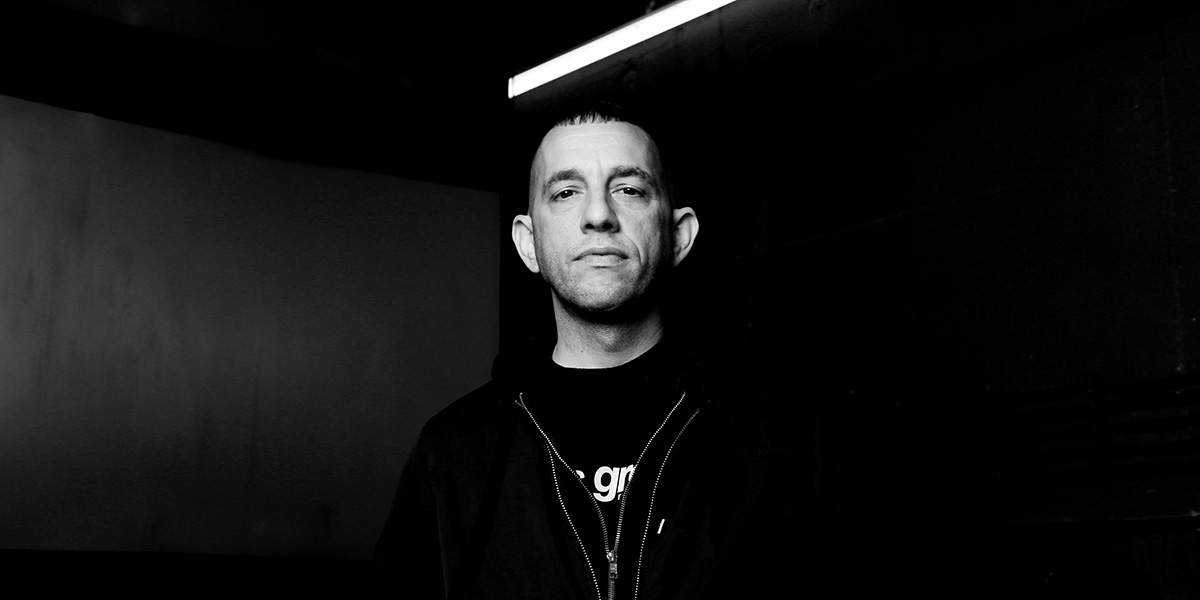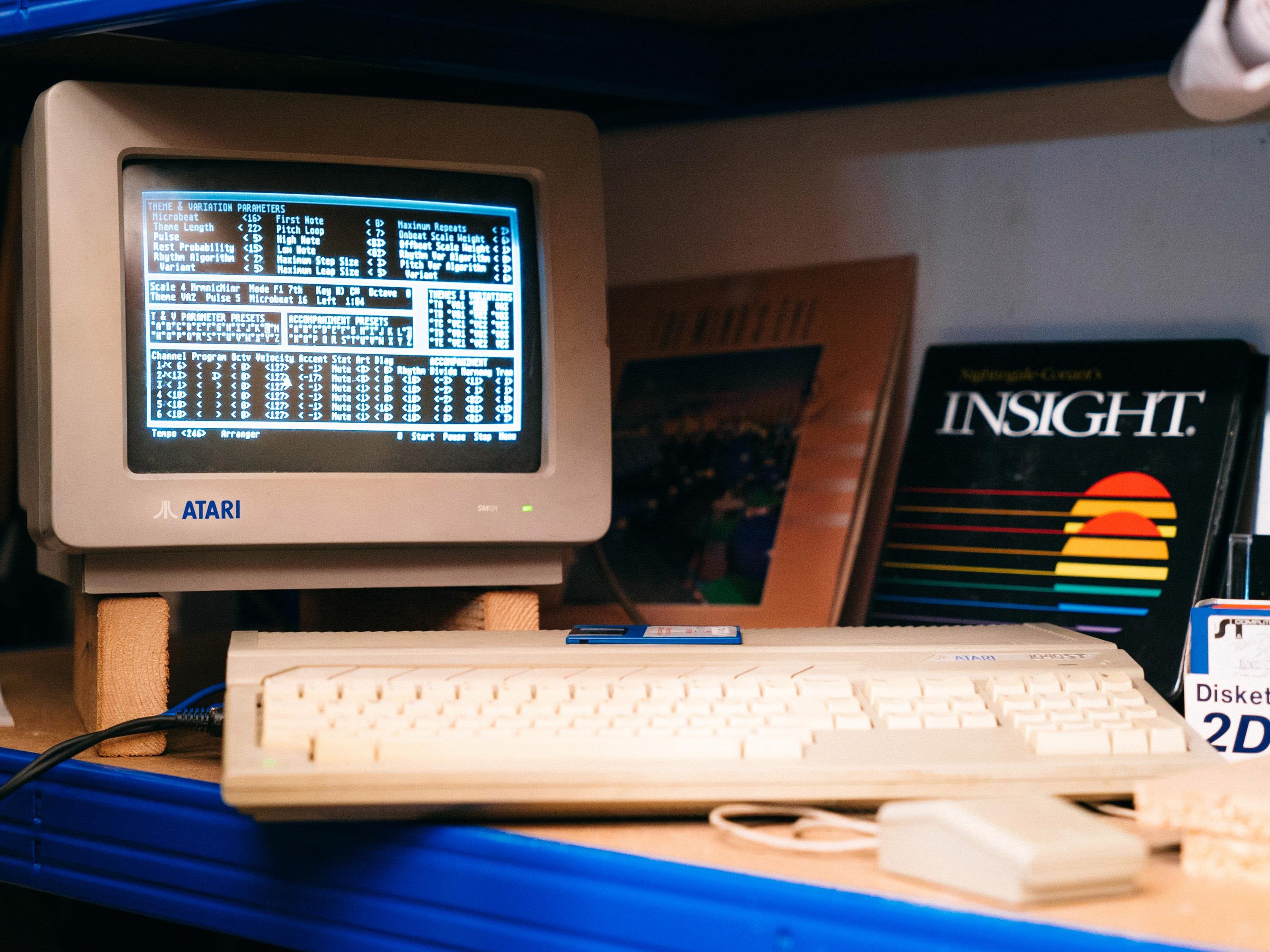No Hope, No Fear: Industrial Music in Zagreb
Andi Harriman charts the unlikely explosion of the genre in the Croatian capital post-independence
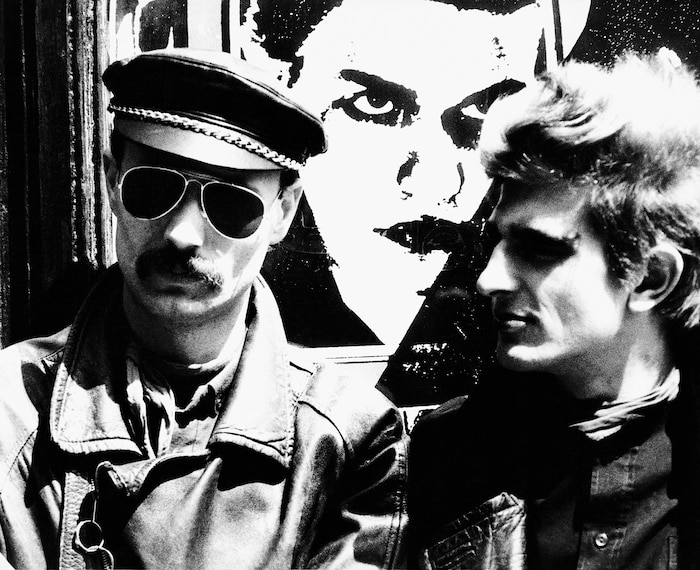
It was at a secondhand shop for electronics in the former Yugoslavia where, in 1982, Vladislav Knezević found a cassette by chance. It was a bootleg copy of Für Immer, by Deutsch Amerikanische Freundschaft. The insert had the tracklisting in both English and German, its letters uneven and patchy from the inconsistent typewriter ribbon. DAF – an electronic band with a minimalistic sound that focused on fast-paced basslines and simplistic German vocals – had somehow found their way to Zagreb, hidden among the throwaways of the shop. At the time, Knezević had no clue what an impact DAF and their style of music would have on the future of his city. But much later on, after he became an electronic musician himself, he would look back on the appearance of the cassette as nothing less than destiny.
Two years earlier, the first Yugoslavian president, Josip Broz Tito, died. The country, then one-sixth of Yugoslavia, was left without stability after 27 years. There was a feeling of uncertainty that initiated an unfamiliar sense of freedom amongst the people, especially the youth. At the cusp of a new decade, Tito’s passing would prove pivotal to the history of Zagreb, and all of Croatia. While Croatia was a socialist republic before the president’s death, the 1980s promised change. “That time was curious, because Yugoslavia had a weird chapter after Tito died – everything was open,” says Dubravko Jagatić, a DJ and promoter of the time.
“No one knew what would happen with Yugoslavia,” recalls Jagatić. “After that, everyone thought maybe it would be better, and it was.”
Through this uncertainty, Zagreb’s underground scene would end up aligning with the rise of industrial music in the 1980s, each feeding off each other in the unassuming Croatian capital. Industrial’s ability to invigorate and inspire provided refuge for those who wanted an opportunity to move forward from Tito’s political restraints that had governed the people for so many years. The self-described “darkers” of Zagreb would explore new sounds as they were shared over the radio, popularized on the dancefloor and experienced live, immersing themselves in the aural abyss of industrial.
%2C%20Club%20Jabuka%2C%2015.04.1991.3e2b4efd.jpg?auto=format&w=700)
Industrial – soon followed by its adjacent genre, electronic body music, or EBM – began in the late 1970s, namely in Sheffield, UK. It was initially an avant-garde art movement, inspired by Dadaism, J.G. Ballard’s writing and the cut-up techniques introduced by William S. Burroughs and Brion Gysin. These influences, alongside an inherent desire to explore and experiment with new technology, compounded to create the frigid, dismal noise of industrial. Bands like Throbbing Gristle and Cabaret Voltaire composed brutal soundscapes, a precursor to the later iteration of the genre that incorporated drum machines and digital synthesizers, a medium that imbued more danceability and precision to the genre in the mid-1980s. With Skinny Puppy and Ministry at the helm, the scene’s popularity swelled around the world. Industrial retained more structure in its sound and graduated beyond noisy and cut-up assemblages. They were replaced or dubbed over with danceable rhythms primed for club floors – the music had become slightly more accessible overall. The fast pace of technology provided artists with insurmountable possibilities: a collage of electronic sounds in which to explore and mold.
Just an 80-mile trip from Zagreb, on Tito’s “Road of Brotherhood and Unity” – or “Death Road,” as it was called for its narrow two-lane passageway occupied by huge trucks and tankers – was the home of the first punk and new wave DJ in Ljubljana, Slovenia: Aldo Ivančić. He found himself attracted to obscure electronic acts from the UK, such as the Normal on Mute Records and their track “T.V.O.D.,” Cabaret Voltaire’s “Nag Nag Nag” and the early experimental sounds of the Human League. Inspired by the ingenuity of these bands, Ivančić bought a Roland 808 when visiting London. It was illegal then to freely import such items over Yugoslav borders, so he hitchhiked across Europe with his drum machine in tow and covertly snuck it into the Republic of Slovenia in 1982.
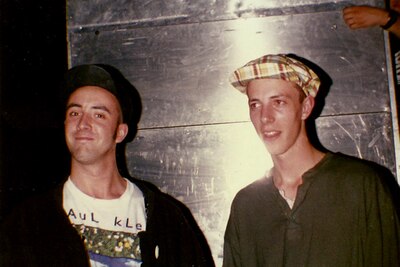
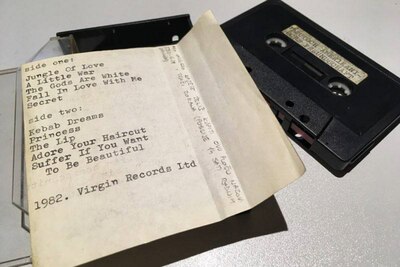
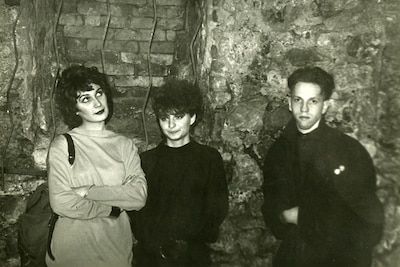
The Italian music magazines Ivančić read informed him about new technology as it arose: “The first time I read about MIDI I thought, ‘What the fuck is MIDI?’ It was a completely new world. ‘What is a computer?’ We bought the first Atari – it was about 3,000 euros, not to talk about the first samplers. This was completely fucking science fiction.”
Ivančić’s band, Borghesia, formed after he smuggled in his drum machine, and after borrowing additional synths from friends, they released their self-titled cassette in 1983 – the same year fellow Slovenians Laibach put out their first release, Laibach/Last Few Days. Borghesia’s distinct sound of off-kilter electronics infused with aggressive, hyper-sexual overtones retained contradictory elements of funk music and abstract noise. “We chose this form of music because we liked it – this is closely connected to our view of modern art,” says Ivančić. “Especially the beginning of the 20th century with Dadaism, Futurism and Constructivism.” The most significant aspect of Borghesia, however, were the lyrics performed in their native Slavic tongue, which matched the severe cadence of the music they created.
Electronic music proved the perfect format for projecting Ivančić’s political stances. It was an art form that was uncomfortable, always provocative and demanding the attention of its listeners. “Industrial music served as a political stance to reflect the time. Art should be political, especially if talking about pop culture from the 20th century. This engagement was always important for me,” Ivančić says. “It’s like Bertolt Brecht said. ‘Hungry man, reach for the book: it is a weapon.’ For me, music is the weapon. Use it.”
If music was the weapon, industrial was Yugoslavia’s ammo.
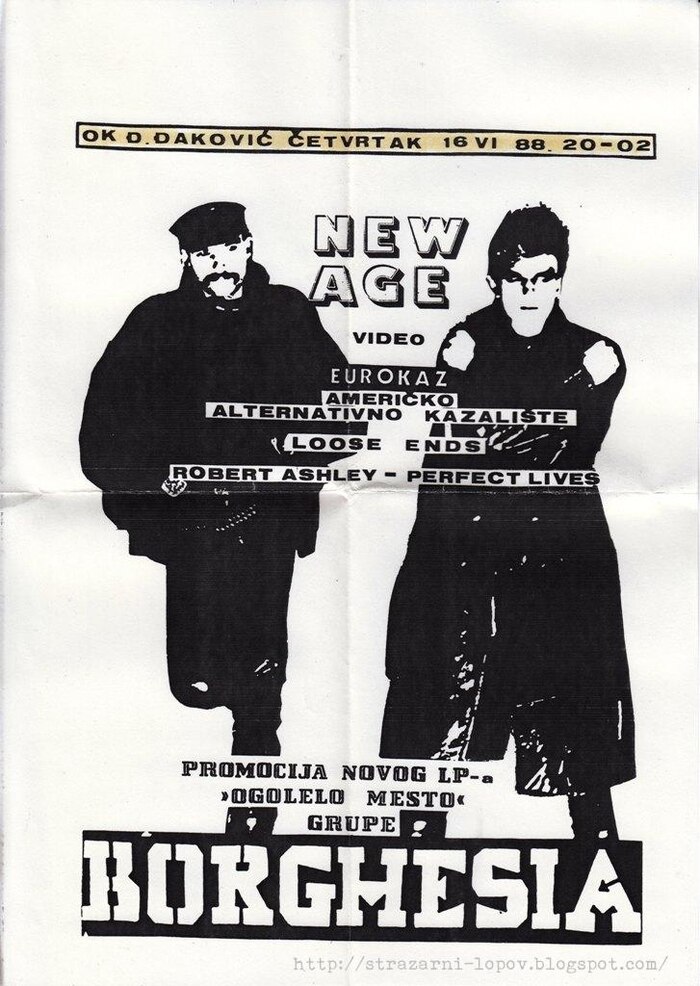
Ljubljana’s underground Radio Študent crossed borders into Zagreb, and provided the city direct access to new music – a vital, irreplaceable outlet through which to digest avant-garde industrial. “The two centers were Ljubljana and Zagreb [in Yugoslavia], and Zagreb fed off of Ljubljana because of the ‘Death Road’ as a main transit,” says Graham Cunnington of the UK band Test Dept.
Zagreb followed Radio Študent’s lead in 1984 with Dubravko Jagatić’s show, “Sve Prije Vinila?” (“all before vinyl”), airing at the Radio 101 station at SKUC, the student community center. The show premiered demo tapes from Yugoslavian bands such as Borghesia and Laibach, and brought experimental music into the ears of his listeners over the airwaves.
In the same building as Radio 101 was SKUC-Pauk, the venue where Tomi Edvard Šega, a musician, got his start as a club DJ in 1984. His first gig ended abruptly after playing DAF’s 1981 track “Der Mussolini,” a sarcastic take on controversial iconic figures in history:
Und tanz’ den Adolf Hitler
“Everything was fine and great until I put DAF on,” Šega says. “Everyone liked it except the security guard. ‘Mussolini? Hitler? Are you crazy? Turn off the music!’ I didn’t think about it that way, but all he heard was Mussolini, Hitler and Jesus Christ – he was completely mad. So I got fired [immediately after].”
Yugoslavian border restrictions continued in the early 1980s. When bands performed at SKUC-Pauk, there were detrimental sound problems because of it: “You couldn’t import instruments. We played on rubbish Czech [ones]. Amplifiers were a disaster – we had one amplifier that would catch Russian radio stations.” But despite the barriers, the urgent need for underground music persisted. “It was an art movement with substance,” says Šega.
“Zagreb had a feel of real craziness and openness for something new,” says Graham Cunnington, who toured with Laibach around Eastern Europe in 1985. At most stops, Test Dept. mined for abandoned metal in desolate factories to manipulate into instruments – their stage set-up was a collection of found objects used to create clanging, jarring rhythms. The Zagreb show was at the Kulušić Klub on February 22, one week after the German band Einstürzende Neubauten played the same venue, priming the city’s industrial crowd for the spectacle of crashing metal.
Cunnington still remembers that first show in Zagreb. “Even though Yugoslavia was behind the Iron Curtain, people were more [accepting] than in Poland. Still, it was very much the idea of a regime,” he says. “But it was a lot more of an open culture than we expected.” He was surprised by the music the DJs played, in terms of experimentation – it was music he’d never heard before. “The feeling was a mixture of a Berlin club but also something quite ‘other’ as well.” The otherness of Zagreb was in the newfound freedom of its youth, taking part in a scene that had only just begun to thrive. If industrial was outsider music, Zagreb was its geographic equal. Both vied for the new, the unknown, the prospect of possibilities and the seemingly endless variations of the tone from hammer on steel.
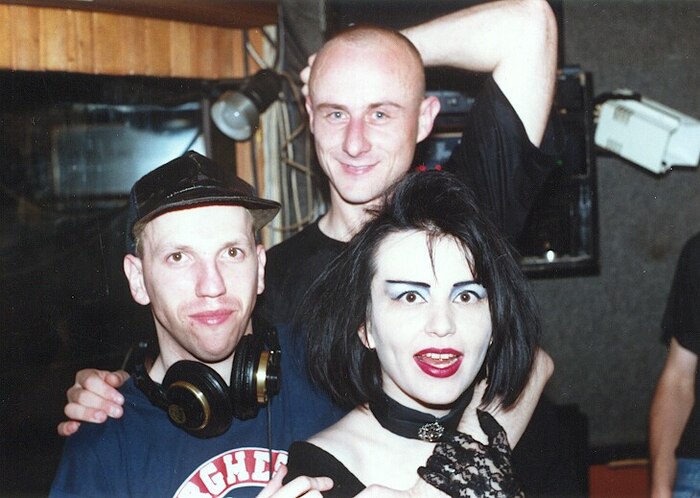
Between the Einstürzende Neubauten and Test Dept. shows, as well as via the impact of alternative radio, something changed in the way Miljenko Rajaković, a devoted vinyl and tape collector, absorbed music, in that he wanted to share his industrial knowledge with others. Rajaković began a weekly event at the KSET club in 1987 called Electrocution, where he would select a record from an industrial band each week to showcase the genre. “I tried to play new bands to show people that music not often played in Zagreb existed,” he says. Albums like SPK’s Auto-Da-Fé from 1983 and Ministry’s first major-label album, 1986’s Twitch, were placed on the turntable and then played in their entirety, becoming a learning experience for attendees – including the converted industrial fan Vladislav Knezević, five years removed from his chance discovery of DAF. Eventually Rajaković, under the name DJ Mary, switched over to beatmatching and mixing records, and every Monday or Tuesday evening about 100 people would gather at KSET to dance to his DJ sets.
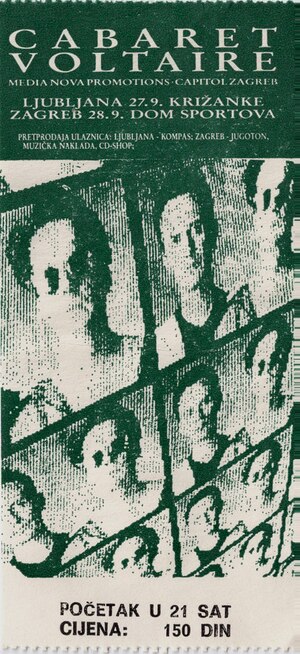
By 1987, Yugoslavian borders had relaxed enough to allow bands to tour more freely, providing further opportunities for the exposure of underground music. “In 1985 you couldn’t [buy a decent] instrument, but in 1987 you could. Everything changed in Yugoslavia and got better. Borders were more open, you could bring things over,” says Tomi Edvard Šega. It allowed Western European bands such as Cabaret Voltaire, Meat Beat Manifesto, Dive and Psychic TV to perform in Zagreb for the first time – most booked by Dubravko Jagatić and fueled by Rajaković’s experimental DJ sets.
Borghesia also found recognition within the genre and had signed to the larger label, Play It Again Sam Records out of Brussels, Belgium, who also released a;GRUMH… and Skinny Puppy. Their mini-LP from 1986, No Hope, No Fear, brought them further fame, followed by a slew of successful albums and a tour with Nitzer Ebb and Cassandra Complex. However, Ivančić’s most surprising moment of international recognition was being awarded “Single Of The Week” in Melody Maker for their 1989 track “Discipline.” Hardly a conventional song – it’s virtually devoid of lyrics, with the exception of a sampled children’s choir and the vocalist Dario Seraval growling “They want discipline, discipline!” – the track had left an impression on the editors of the British pop weekly. It was a moment that exemplified the height of Yugoslavian’s industrial reach and its moment of sheer strength.
At the turn of the 1990s, Graham Cunnington, who played his second Test Dept. show in Zagreb on February 21, 1990 – booked by Jagatić at the SKUC-Pauk – sensed a change in its scene compared to years before: “It was more of an explosion, with more connections to other places. It had grown. Also, there was tension and feeling of something about to happen, people were talking about things.” A decade after Tito’s death, the Croatian regime found itself at war in an attempt to break away from Yugoslavia. The War of Independence began in early 1991.
Despite the existence of a “police hour,” the time of day when Zagreb’s inhabitants were not allowed on the streets because of the possible presence of air missiles, the real war was fought outside city lines. While other parts of Croatia were suffering, Rajaković and his scene continued to participate in their weekly ritual of industrial dance. “If you know that there’s war outside, people fighting for our lives, you know it’s not good to have parties,” he says. ”But life is moving fast. We knew there was war and you didn’t want to have fun, but you had to – you couldn’t stop.”
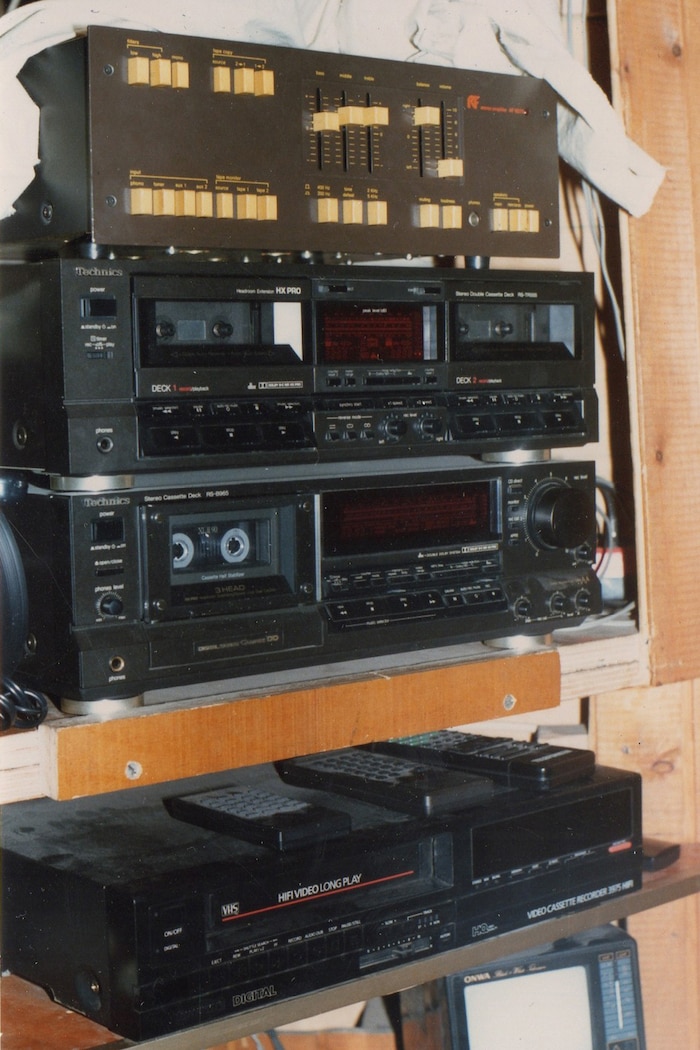
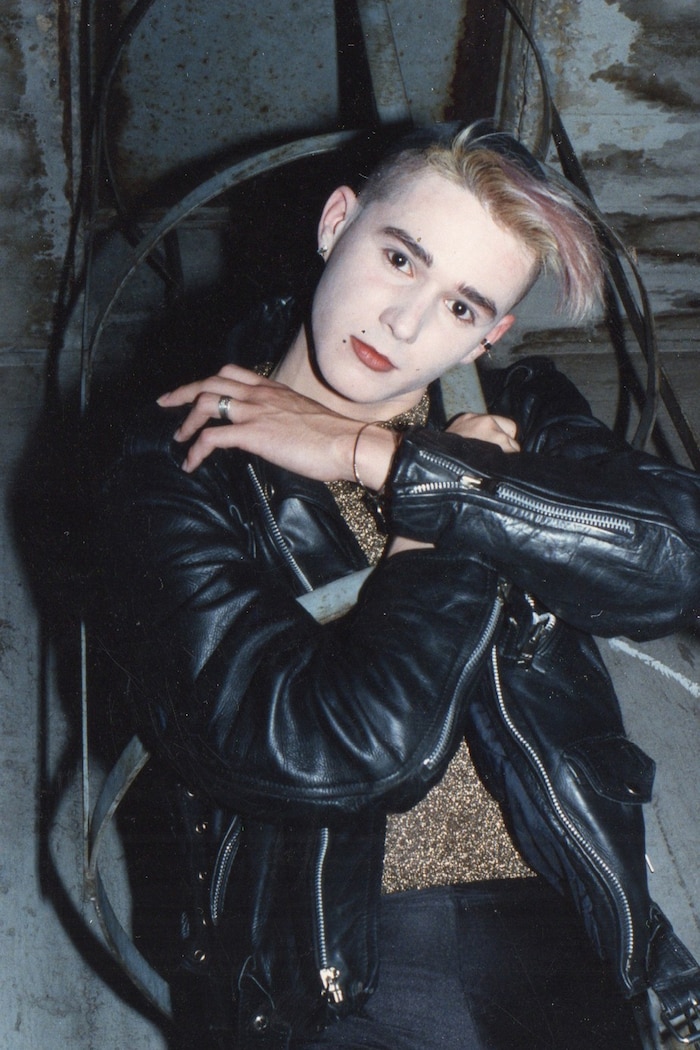
But they were not without occasional scares. One of the more frightening intrusions came from the drunk Croatian soldiers who took any opportunity to cause mayhem and exploit their power. “I was playing EBM and one of the soldiers came into my DJ cabin and said, ‘Look, now you will play “Kiss” by Prince.’ And I did it because he frightened me with a [hand grenade]. I saw that it was a dangerous situation,” recalls Rajaković. But it was far from the KSET club where the anxieties of war finally began to sever the freedoms that Zagreb had built up over the years.
1993 marked the start of the decline of Zagreb’s industrial movement, just before its complete deterioration a couple years later. Croatia regained its territorial integrity at the conclusion of the War of Independence in the fall of 1995. “[The scene] died because the politicians became rock stars,” says Šega. Borders became strict again and denied many bands the right to travel within former Yugoslavia, barricading the former republics that once worked in unison. Police force and bullying made promoters completely unable to advertise their events around the city. “Lots of people were afraid to promote because of war and arms,” says Jagatić, who ceased organizing shows at the beginning of the war. When Jagatić stopped, everyone else soon followed suit.
Industrial itself had reached a similar end to its wave of worldwide popularity. Looking back, Ivančić reflects that “Every genre creates its own underground and style. It reached its apex in the 1990s, already beginning the decline of club culture. It was innovative, but was now a repetition of repetition of repetition.”
Just like the Für Immer cassette Vladislav Knezević found dumped in the piles of weathered electronics a decade prior, industrial music had been at the right place at the right time. It was a spark, an ignition that comforted Croatian youth through its harsh and impossibly cold synthetic noise. It provided a experimental form of art to a specific generation of “darkers” who lived each day in valiant uncertainty. The music was not bleak nor cold to Zagreb’s underground. Rather, it was a symbol of change: “Dark music wasn’t because of depression, it was the opposite,” says Jagatić. “We wanted something new.”
And they found it, at least for a little while. “Ni upanja, ni strahu” – no hope, no fear.
